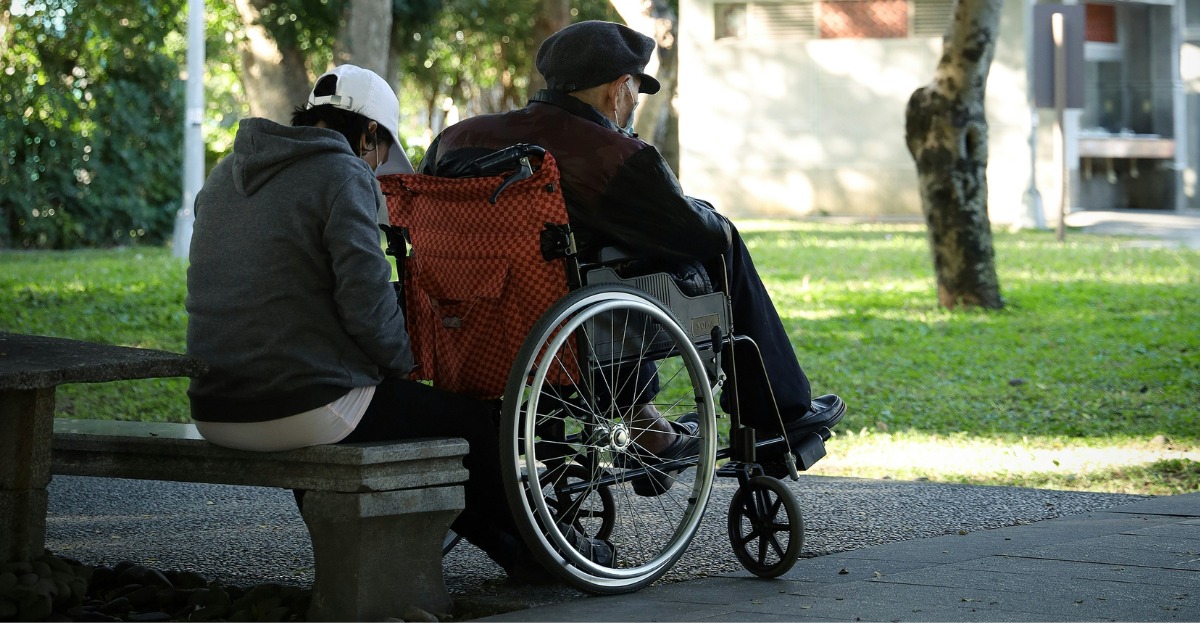Disability comes in many shapes and sizes. As with fingerprints or genetic makeup, every individual living with disability is unique.
The word disability is an umbrella term used to describe those who have an impairment, activity limitation or participation restriction.
In Australia, The Disability Discrimination Act (1992), covers a wide breadth of disabilities including intellectual, physical, mental illness, sensory, neurological, learning disabilities and more.
While some disabilities are related to a period of ill health, accidents or injuries, others can be traced back to genetic disorders or ageing.
How common is it?
Federal organisation, the Australian Institute of Health and Welfare (AIHW) states that in Australia about one in every six people (or 4.4 million of us) are living with disability.
Of these, around 1.4 million Australians are classified as having a severe or profound disability.
Around 77 percent of people living with disability live with a physical disability; for the remainder, their main form of disability is intellectual or behavioural.
The Australian Network of Disability says the likelihood of living with disability increases with age; one quarter (26.9 percent) of people aged 60-64 years are living with disability. Over eight in ten people aged 90 and over (84.6 percent) have a disability.
Understanding the different types of disability
Intellectual disability typically occurs before the age of 18, and is the most common disability in Australia. Inclusion Australia says it is characterised by difficulties in communication, memory, understanding, problem-solving, self-care, social and emotional skills and physical skills. Some of the most common causes of intellectual disability include Down Syndrome, Fragile X Syndrome, Foetal Alcohol Spectrum Disorder and Premature Birth.
Physical disability generally impacts a person’s ability to perform physical activities and can be related to a person’s mobility, physical capacity, stamina, or dexterity. Disability Australia says examples of physical disability include Multiple Sclerosis, Muscular Dystrophy, Chronic Arthritis, Cerebral Palsy, Chronic Fatigue Syndrome, Fibromyalgia, Spina Bifida and Spinal Cord Injury.
As its name suggests, sensory disability relates to a person having an impairment or deficit in one or more of their senses. According to the Department of Health, this is not restricted just to sight and sound, but also touch, smell, spatial awareness and taste. Common sensory impairments include deafness and hearing loss, blindness and low vision.
Mental illness is commonly defined as a clinically diagnosable disorder that significantly interferes with a person’s cognitive, emotional or social abilities. The AIHW says the term itself covers a range of illnesses including anxiety disorders, affective disorders, psychotic disorders and substance use disorders. Some of the major types include depression, anxiety, schizophrenia, bipolar mood disorder, personality disorders and eating disorders.
When more help is needed
The AIHW says the most common task that people living with disability need home help with is health care, however help is commonly needed with property maintenance (27 percent), cognitive or emotional tasks (24 percent), household chores (23 percent), mobility (23 percent) and transport (21 percent).
Whether it’s providing assistance around your home, offering companionship, facilitating attendance at work or training, providing travel for social outings or appointments, Just Better Care can provide a range of support services based on what you, or your loved one, requires.Talk to us today and we can put together a plan that suits.


.png?width=2400&height=1246&ext=.png)

